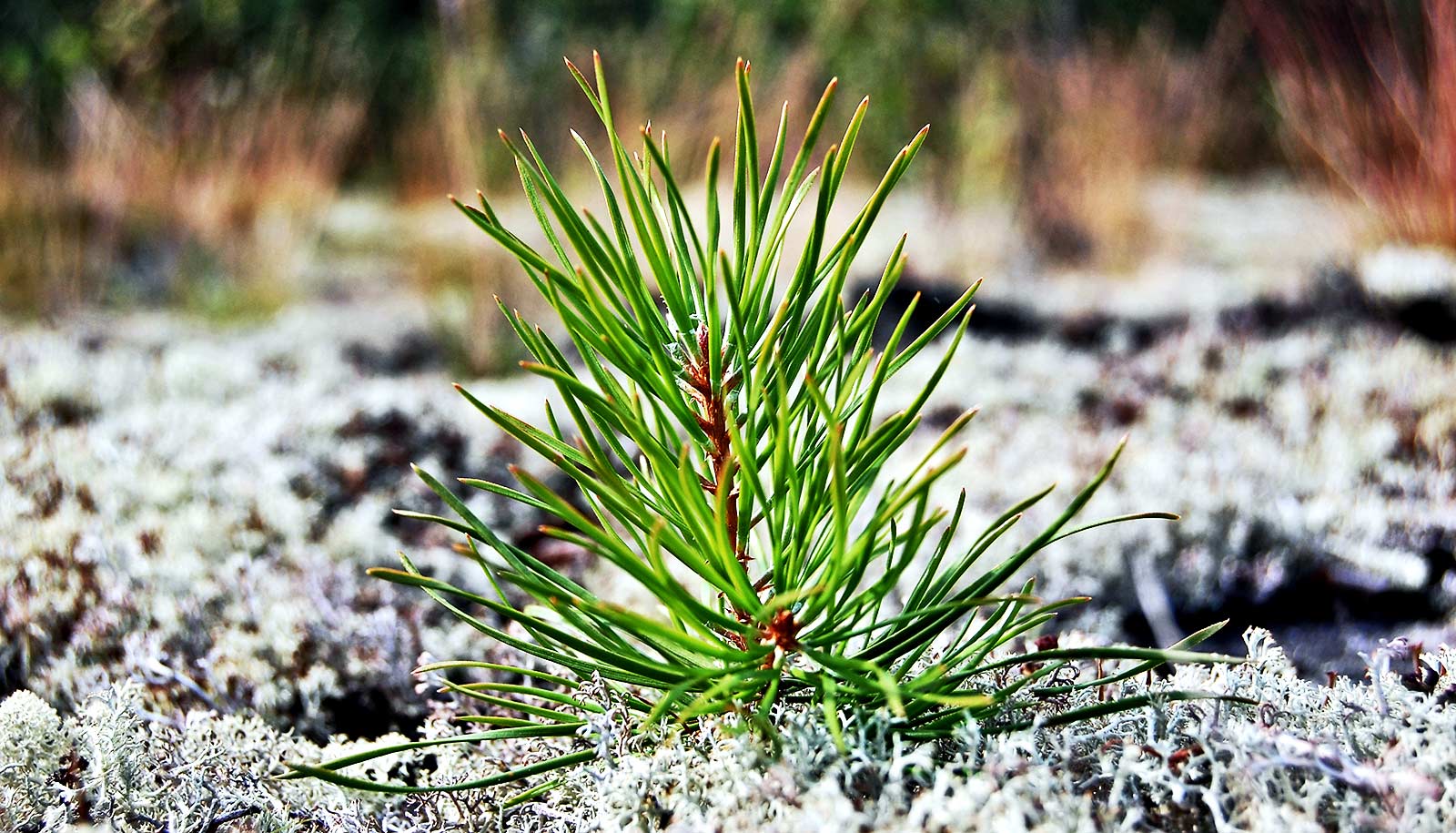Climate change-induced shifts in rainfall and temperature are causing a swing in the abundance of numerous tree species, a new study suggests.
“Without a long-term dataset with millions of trees, we probably could not have detected these changes.”
That means that some forests in the eastern United States are already starting to look different. More importantly, it also means the ability of those forests to soak up carbon is changing, too, which could bring about even further climate change.
“Although climate change has been less dramatic in the eastern US compared to some other regions, such as Alaska and the southwestern US, we were interested to see if there were signals in forest inventory data that might indicate climate-induced changes in eastern US forests,” says Jeremy Lichstein, assistant professor of biology at the University of Florida and senior author of the study, which appears in Nature.
“The changes we documented are easily masked by other disturbances, which is probably why no one had previously documented them. Without a long-term dataset with millions of trees, we probably could not have detected these changes.”
Change face of the forest
The researchers based their findings on systematic forest inventories of trees in the eastern US from the 1980s to the 2000s. They looked specifically at forest biomass, tree species composition, and climate variability.
The findings show that decades of changes in water deficit have reduced forest biomass, causing an influx of trees that are more tolerant to drought but slower growing.
This shift results in significant changes in forest species composition with their accompanying ecological effects and, moreover, affects the capacity of forest biomass (the mass of living trees) to store carbon.
Healthy forests play a key role in global ecosystems as they contain much of the terrestrial biodiversity on the planet and act as a net sink for capturing atmospheric carbon. As climate change affects the forests, the forests affect climate change.
Water stress can be caused by rising temperatures, decreases in rainfall, or a combination of the two. To study changes in soil moisture, the researchers used the Palmer drought severity index to examine average water availability and loss over the study period.
Climate’s impact
Other human activities such as farming or logging affect forests, and many are in a stage of ecological succession with lower biomass compared to mature forests.
This history of disturbance made the researchers’ analysis challenging. To solve this, researchers compared forests on the basis of their age.
“We compared forests in the 1980s of a given age (for example, an 80-year-old forest) to forests of the same age in the 2000s,” Lichstein says. “In areas where the climate got wetter, our analysis showed increases in biomass over the two decades, whereas in the areas that got drier, there were decreases in biomass.
U.S. forests could be storing tons and tons more carbon
“When we look at the eastern US as a whole, there was an overall trend towards a drier climate from the 1980s to the 2000s, and therefore the overall effect of climate over the two decades was to reduce forest biomass.”
Drought-tolerant tree species tend to allocate more carbon to fine roots and less to their leaves and woody parts that would sequester more carbon. Although the researchers expected an increase in drought-tolerant tree abundance would prevent biomass losses triggered by water deficits, the opposite appears to be true, Lichstein says.
“Functional shifts amplified the effects of climate by making forest biomass more responsive to drying or wetting. In hindsight, this makes sense, because drought-tolerant species tend to be slow growing. So, if drought causes a shift towards more drought-tolerant species, biomass will decline compared to forests dominated by fast-growing, drought-intolerant species.”
Overall, the findings show that climatic variability affects forest biomass and tree species composition, as well as their combined impact on carbon storage, on a sensitive and short timeline—just a few decades.
“It is premature to say whether or not the amplification effect that we documented is a widespread phenomenon,” Lichstein says. “We hope that our findings will stimulate further research into relationships between species composition, ecosystem function, and climate variability.”
Source: University of Florida



